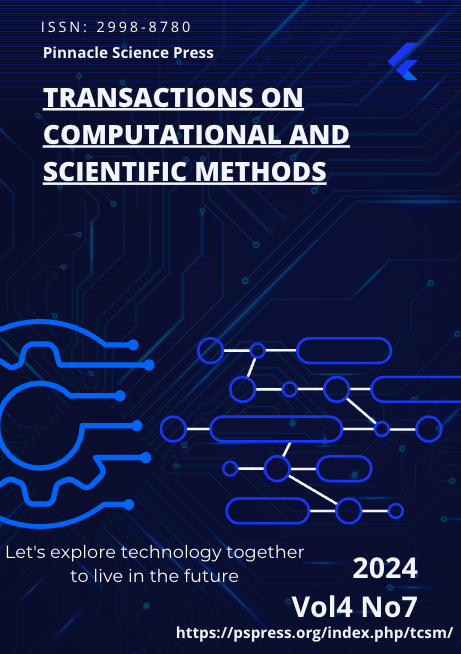Unsupervised Contrastive Learning for Anomaly Detection in Heterogeneous Backend System

Abstract
This paper addresses the challenge of anomaly detection in backend systems, where observational data are highly heterogeneous, anomaly patterns are complex, and labeled samples are scarce. A method based on unsupervised contrastive learning is proposed to tackle these issues. The method introduces a multi-view augmentation strategy to construct high-quality positive and negative sample pairs. This design helps uncover latent variation features in system runtime data and improves the model's sensitivity and discriminative power toward anomalous behaviors. In addition, a cross-scale contrastive discrimination mechanism is introduced. It performs contrastive learning across different temporal granularities and behavioral levels. This enhances the model's robustness and generalization ability under dynamic system conditions. For model design, a unified encoder architecture is used to extract representations from log data, time-series metrics, and structured call traces. This enables the model to capture the multidimensional features of system states comprehensively. The proposed model is evaluated across a range of real-world scenarios, including distribution shifts, resource constraints, and noise injection. These tests assess the model's stability under challenging conditions. Experimental results show that the method achieves strong detection performance and generalization under unsupervised settings. It outperforms several mainstream approaches, particularly in identifying hidden or weak signal anomalies in complex systems. These findings demonstrate the method's practical potential in intelligent operations and automated backend system management.